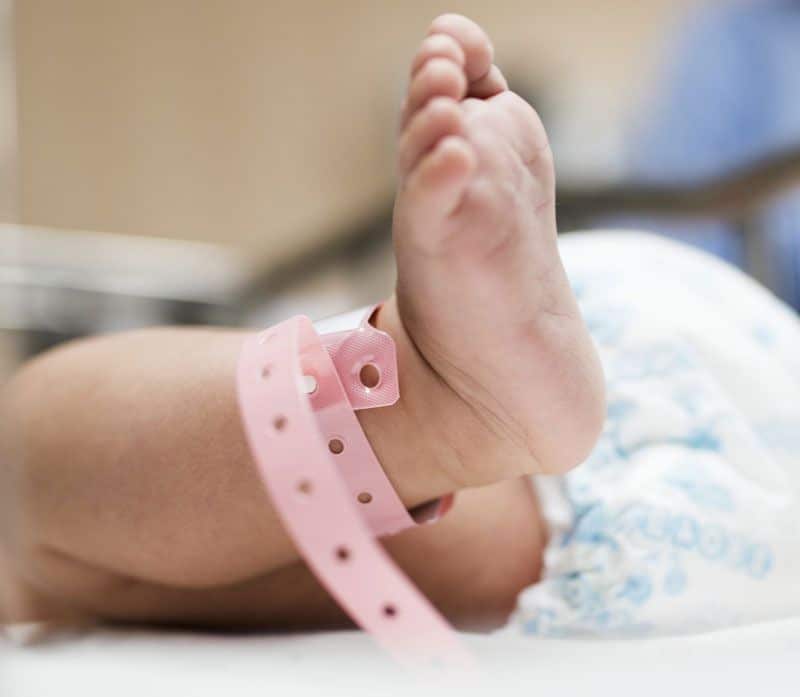What is Neuro Orthopaedics
Neuro Orthopaedics is an innovative clinical specialization that combines neurology and orthopaedics.
Neurology is indeed closer to orthopaedic surgery than most of other specialities.
Neuro orthopedics is involved with musculoskeletal disorders that cause lesions to both central and peripheral nervous system.
These disorders can affect both children and adults (stroke, head trauma, …).
Regarding children, all neurological disorders – such as Cerebral Palsy, Spina Bifida, Rett’s Syndrome, Charcot-Marie-Tooth disease – lead to complication in the orthopedic field such as locomotor system abnormalities, joint complications and limb problems.
A multidisciplinary approach to these conditions is essential to a successful outcome. We must meet the needs of children with a 360-degree attitude that must involve all the different clinic specializations from surgery to physiotherapy and from gastroenterology to dentistry.
The aim of Professor Portinaro approach, that he introduced at Humanitas research center, is to treat lesions affecting the nervous systems and all the consequent damages with an innovative and multidisciplinary approach.
Instead of adopting strategies to lengthen the retracted tendons because of spasticity, we prefer to approach the problem through genomics and tendon proteomics research. We observe how proteins are produced incorrectly at the DNA level and we try to discover what are the proteins that actually determine this greater rigidity of the tendons.
The Orthopedic Paediatric and neuro-orthopedic Unit at Humanitas Research Hospital (Milan, Italy), directed by Professor Portinaro, has been acquiring a leading-edge know-how in this field in the past year.
Cutting-edge technologies, such as image-guided procedures in the operating room, are also fundamental to approach these problems in an innovative and successful way.
Prof. Portinaro, in his research activity, has always given much importance to computerized gait analysis to investigate the movement and, above all, the movement errors of the joints. Gait analysis is a digitized analysis of walking that can measure the power, the range of motion, force momentum and the mechanical work performed by all lower limb joints such as hip and knee joints during gait.
Gait analysis combined with the studies on proteins can offer new ways of approaching the reconstruction of a musculoskeletal system. In this way, it is possible to allow the child to reacquire the maximum potential he can achieve, within the limits of his condition.
With this new approach, it is possible to help a child walk again or significantly improve the gait.
Technology innovation is changing radically surgeon procedures and the average age of young patients that undergo surgery.
Prof. Portinaro promotes minimally invasive and early surgery. Children can undergo surgery at the age of 5 to 6 years, unlike in the past. This approach helps to improve the outcomes and recovery from surgery is faster and less complicated.
Early surgery in a neuro-orthopedics approach can offer the chance to take advantage of the biological reconstruction processes and of the growth potential of the joints of small patients, as well.
But it is fundamental to adopt this strategy in pre-pubertal age when growth potential is greater. So it is important to intervene as early as possible and possibly by the age of 8.
Continuous research is the key to this approach. This is why also Fondazione Ariel – a non-profit organization founded by Prof. Portinaro to support families with children affected by neuromotor disabilities – plays an essential role in finding new way of helping children affected by neuro orthopedics problems.

